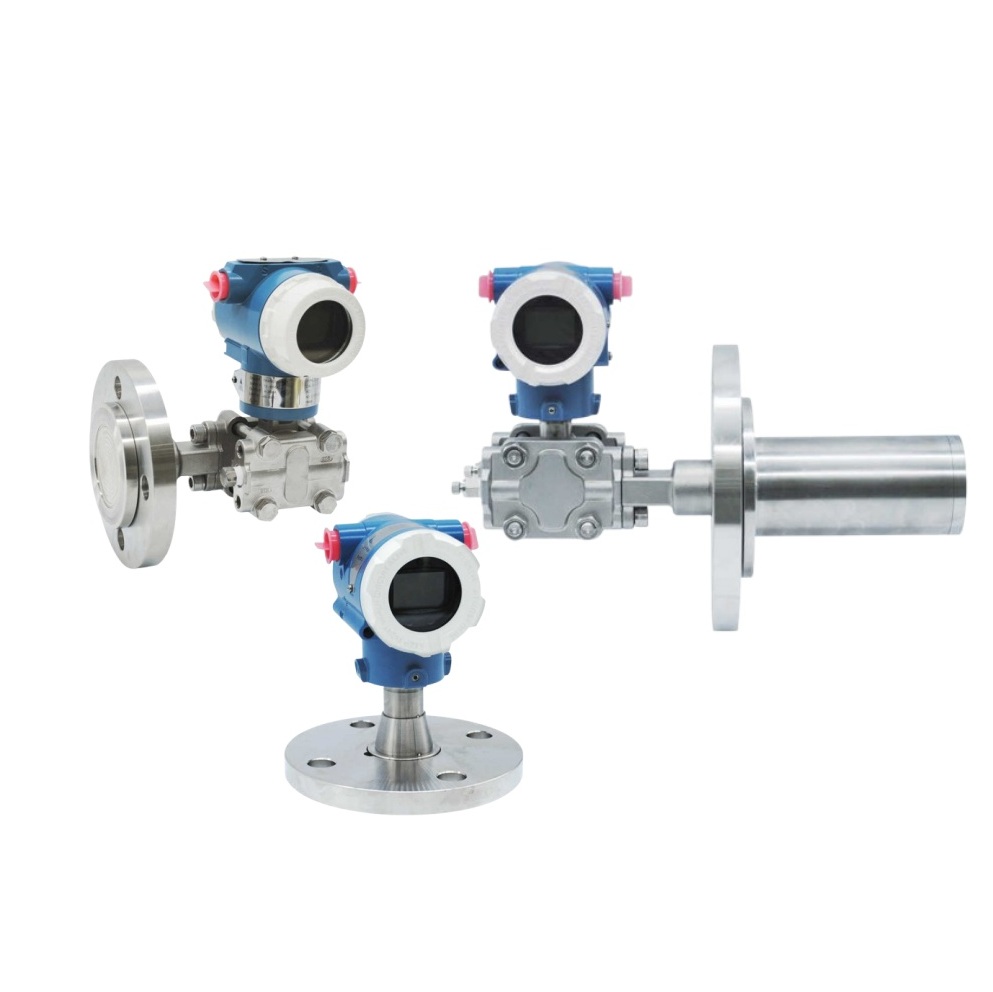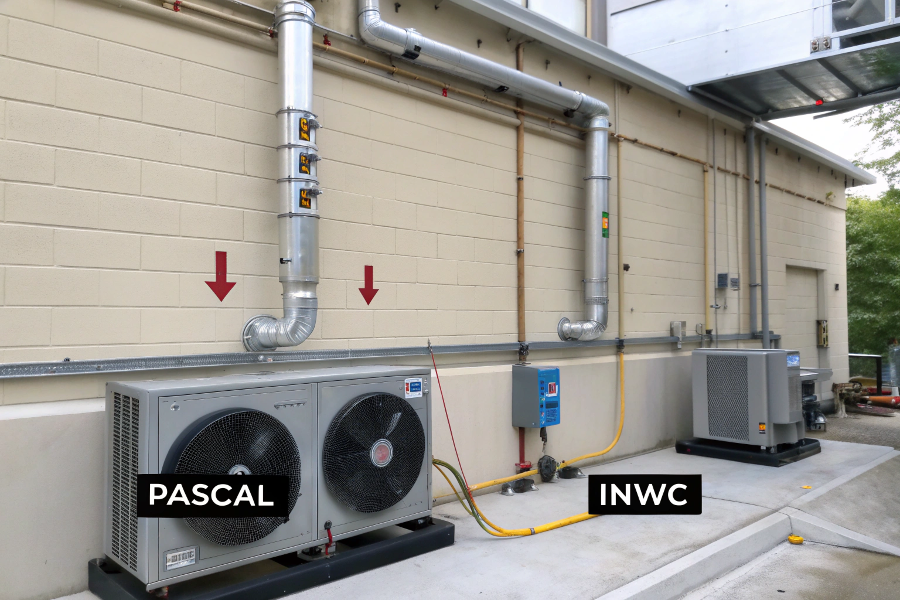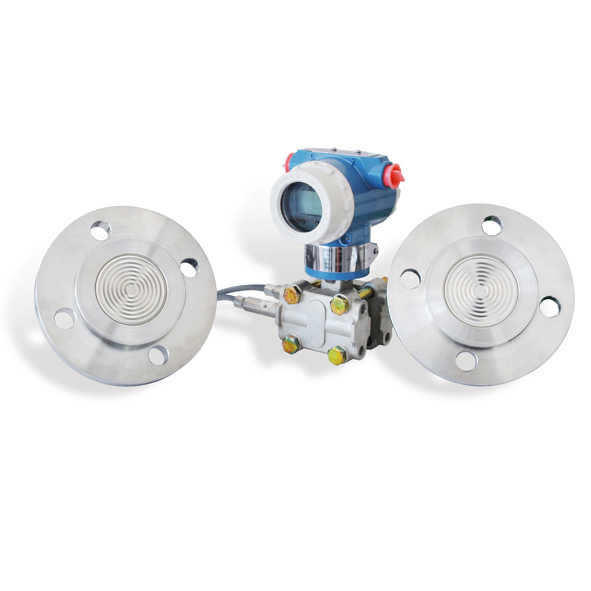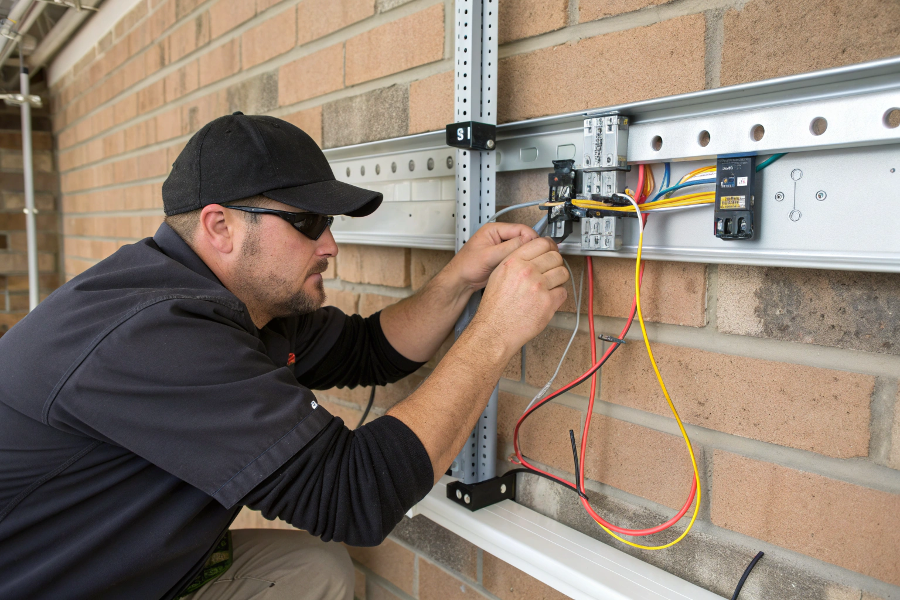Poor differential pressure monitoring in HVAC systems can lead to inefficient operation and high energy costs.
A differential pressure transmitter in HVAC systems measures pressure differences between two points to monitor airflow, filter conditions, and system performance, helping maintain optimal indoor air quality and energy efficiency.

HVAC DP System Overview
Let me share our experience in implementing DP solutions in HVAC applications.
What Is A DP Sensor In HVAC?
Many facility managers struggle to understand the role of DP sensors in their HVAC systems.
A DP sensor in HVAC is a device that measures pressure differences between two points in the system, helping monitor airflow rates, filter status, and fan performance for optimal system operation.

DP Sensor in HVAC Systems
From our field experience:
Key Components and Functions
-
Essential Elements
Component Function Application Sensing Element Pressure detection Direct measurement Signal Processor Data conversion Output generation Housing Protection Environmental shield Connection Ports Pressure input System interface -
Performance Features
- Measurement range
- Response time
- Accuracy level
- Output options
Application Areas
-
Common Uses
- Filter monitoring
- Fan performance
- Room pressurization
- Duct airflow
-
System Integration
- BMS connection
- Control loops
- Alarm systems
- Data logging
What Is Differential Pressure In HVAC?
Understanding differential pressure is crucial for proper HVAC system operation.
Differential pressure in HVAC is the pressure difference between two points in the system, such as before and after filters, across fans, or between rooms, typically measured in Pascal (Pa) or inches of water column (inWC).
 HVAC Differential Pressure Concept
HVAC Differential Pressure Concept
Based on our technical expertise:
Understanding HVAC Pressure
-
Pressure Relationships
Type Description Application Static Air pressure Room pressure Velocity Moving air Duct flow Total Combined pressure System performance Differential Pressure difference Component monitoring -
Critical Parameters
- Measurement range
- System requirements
- Environmental conditions
- Safety factors
System Applications
-
Operational Uses
- Airflow control
- Filter monitoring
- Room pressurization
- Energy efficiency
-
Performance Monitoring
- Trend analysis
- Preventive maintenance
- System optimization
- Compliance checking
What Is DPT In HVAC?
Many technicians need clarification about DPT terminology and applications.
DPT (Differential Pressure Transmitter) in HVAC is an electronic device that converts pressure difference measurements into standardized output signals (typically 4-20mA or 0-10V) for system monitoring and control.

DPT Components in HVAC
Drawing from our product knowledge:
DPT Components and Features
-
Essential Elements
Element Purpose Benefit Sensor Pressure detection Accuracy Electronics Signal processing Reliability Output Communication Integration Housing Protection Durability -
Technical Specifications
- Measurement ranges
- Output options
- Accuracy levels
- Response times
Implementation Guidelines
-
Selection Criteria
- Application requirements
- Environmental conditions
- Integration needs
- Maintenance access
-
Operational Considerations
- Calibration needs
- Maintenance schedule
- Performance monitoring
- Documentation
Where Should A Differential Pressure Transmitter Be Installed?
Proper installation location is crucial for accurate pressure measurements.
Differential pressure transmitters should be installed at specific monitoring points with proper mounting, easy access for maintenance, and protection from environmental factors while following manufacturer guidelines.

DP Transmitter Installation Guide
Based on our installation experience:
Installation Requirements
-
Location Considerations
Factor Requirement Purpose Access Easy reach Maintenance Protection Weather shield Durability Mounting Stable surface Accuracy Connections Proper tubing Reliability -
Environmental Factors
- Temperature range
- Humidity levels
- Vibration exposure
- EMI protection
Best Practices
-
Installation Steps
- Location selection
- Mounting preparation
- Connection setup
- Configuration
-
Validation Process
- Zero checking
- Range verification
- Signal testing
- Documentation
Conclusion
Successful implementation of differential pressure transmitters in HVAC systems requires proper understanding of applications, correct installation practices, and regular maintenance for optimal performance and energy efficiency.
